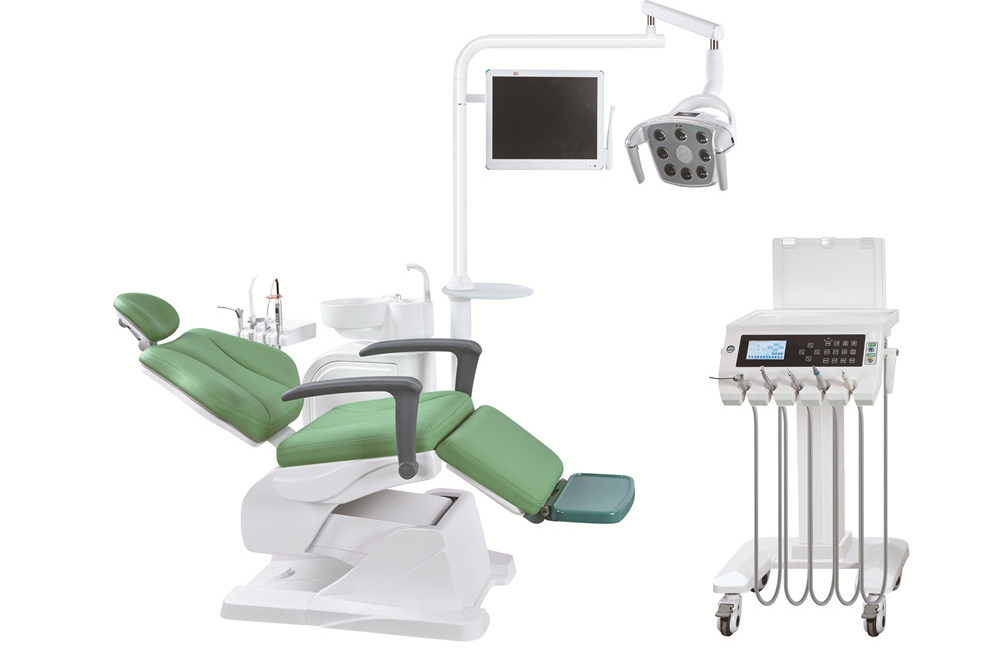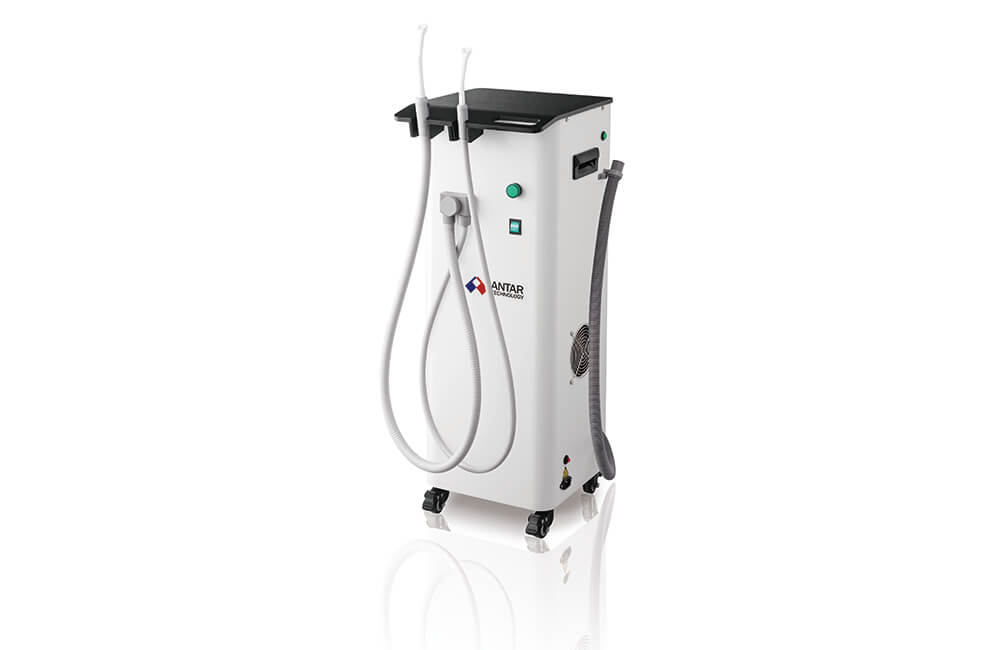Dental procedures demand precision, focus, and, most importantly, a clean and well-maintained environment. In this context, dental chair suction units play a pivotal role in
ensuring efficient and safe dental treatments. This article delves into the evolution, key features, and the critical role these units play in infection control, guiding dental professionals in selecting the right equipment for their practices.
Evolution of Dental Chair Suction Units
Historical Context and Early Designs
The journey of dental chair suction units traces back to the early days of dentistry, where rudimentary systems were employed
to manage saliva and debris. These primitive setups have evolved significantly over the years, with technological strides enhancing both performance and patient experience.
Technological Advancements in Modern Dental Suction Systems
In the contemporary dental landscape, advancements in technology have propelled dental chair suction units into sophisticated pieces of equipment. From noisy and cumbersome machines of the past, modern units
boast silent yet powerful operations, providing a conducive environment for both practitioners and patients.
Key Features of High-Performance Dental Suction Units
Powerful and Quiet Operation
Efficiency and patient comfort are at the forefront of modern dental chair suction units. These devices now offer powerful suction capabilities while maintaining a quiet operation, fostering
a calm and stress-free atmosphere in the dental clinic. This balance is crucial for patient cooperation and practitioner focus.
Advanced Filtration Systems for Infection Control
In the era of heightened awareness about infection control, dental chair suction units have stepped up their game. Equipped with advanced filtration systems, these units effectively capture and contain airborne particles and microorganisms,
reducing the risk of cross-contamination in the dental setting.
Ergonomic Design for Patient Comfort
Beyond functionality, the design of dental chair suction units now prioritizes patient comfort. Ergonomically designed units ensure that patients
experience minimal discomfort during procedures, contributing to an overall positive perception of the dental visit.
Enhancing Infection Control in Dental Practices
Role of Dental Chair Suction Units in Minimizing Aerosol Spread
The recent global health challenges have underscored the importance of minimizing aerosol spread in healthcare settings, including dental practices. Dental chair suction units,
with their powerful suction capabilities, significantly contribute to controlling and containing aerosols generated during various dental procedures.
Importance of HEPA Filtration in Containment of Harmful Particles
High-Efficiency Particulate Air (HEPA) filtration has become a hallmark in dental chair suction units. These filters effectively capture particles as small as 0.3 microns, ensuring that harmful microbes are contained and
preventing their release into the air, thereby promoting a safer environment for both patients and dental staff.
Choosing the Right Dental Chair Suction Unit for Your Practice
Considerations for Small vs. Large Dental Clinics
The diverse landscape of dental practices
requires a tailored approach when selecting dental chair suction units. Smaller clinics may benefit from compact, space-saving units, while larger practices may opt for scalable systems that can handle higher patient volumes without compromising performance.
Customization Options to Suit Specific Practice Needs
Not all dental procedures are the same, and neither should the suction units used. Manufacturers now offer customization options, allowing practitioners to
choose features that align with their specific needs, whether it's a particular suction power, additional filtration, or specialized attachments.
Maintenance and Longevity of Suction Units
Investing in a dental chair suction unit is not just a one-time decision; it's a commitment to maintaining a high standard of care. Understanding the maintenance requirements and ensuring routine checks can prolong the lifespan of these units, providing
a reliable and consistent performance over the years.
Conclusion
The evolution of dental chair suction units reflects the commitment of the dental industry to advancing patient care and practitioner efficiency. By understanding the key features and advancements in these units, dental professionals can make informed decisions that positively impact the overall experience for both patients and practitioners in the dental chair suction unit's silent yet significant role in dental care.



